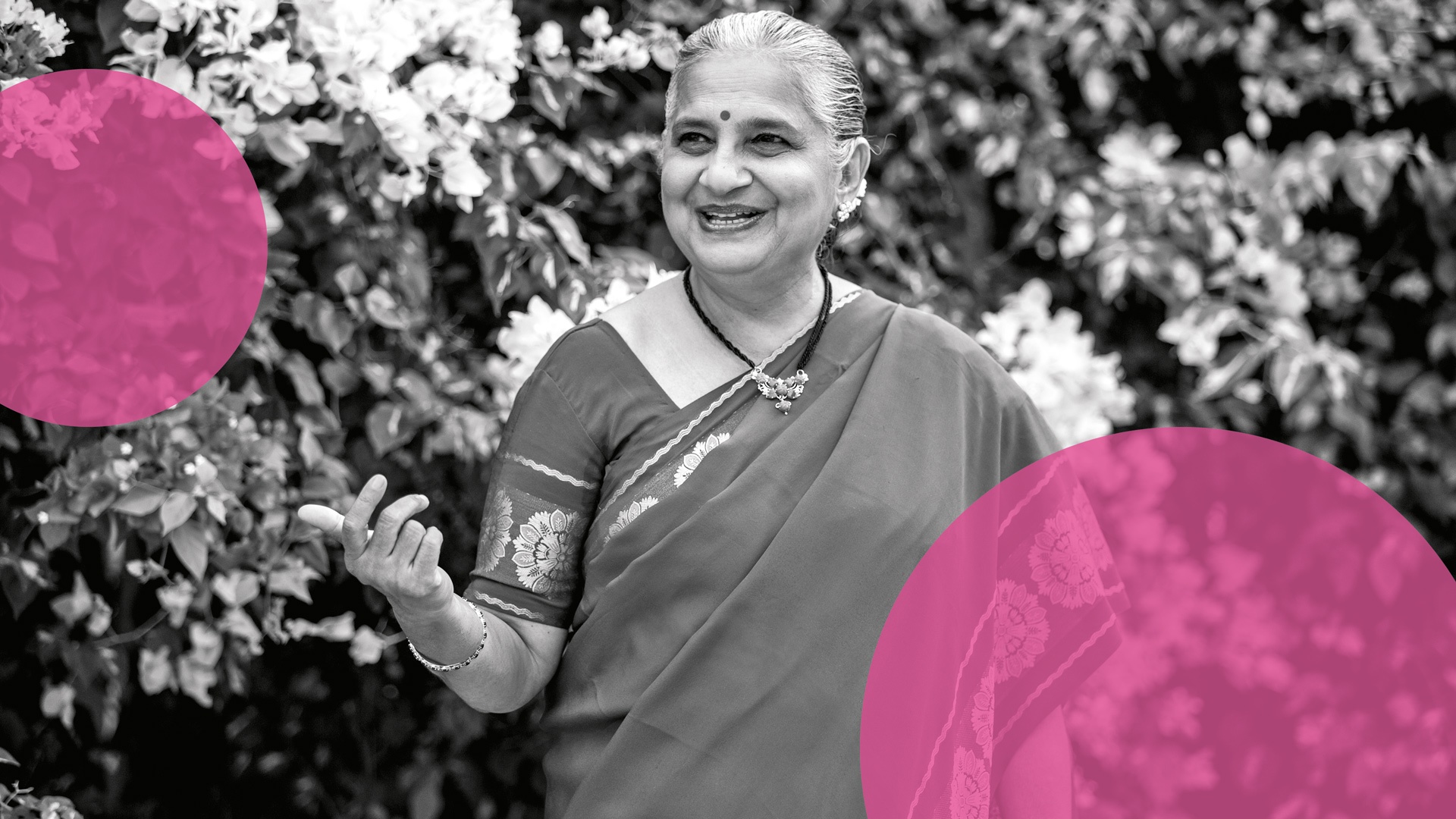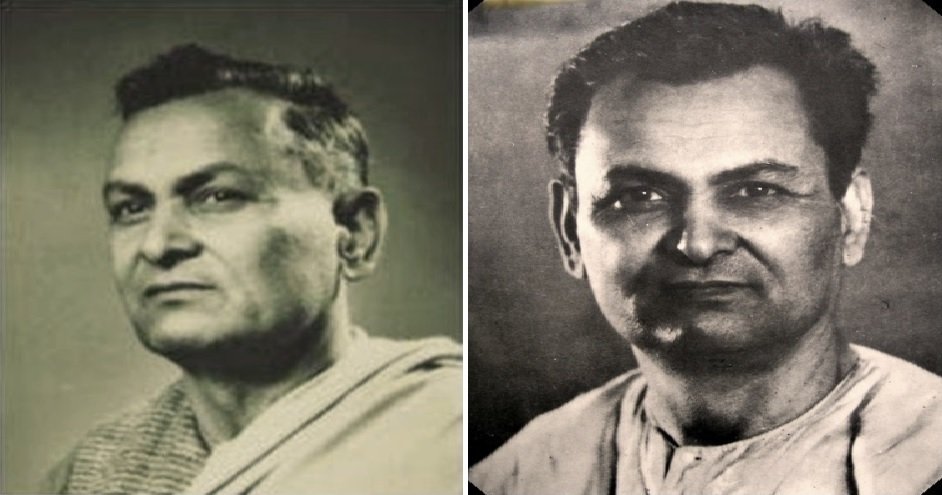By: Renuka Krishnaraja
To say that the pandemic has hit us hard would be a gross understatement. Holiday seasons are rolling by, one after the other, and the only itinerary that seems to be feasible is ‘stay-at-home.’ Even though travel is curtailed and unsafe, every bit of our bodies and minds yearns to escape. At such times, the purpose of travel and travelogues couldn’t be emphasized further. Sure enough, travel enables us to rejuvenate and celebrate life in different ways, and also learn and expand our perspectives.

And it’s the moment you return home with lasting memories of the trip that there is an overpowering urge – an urge to chronicle all the unique experiences you’ve had while exploring the unknown terrains, the adventures and challenges you’ve overcome, the embodying cultural and spiritual elements of the locale and so on and so forth. Like Sudha Murthy once said, when there’s a story inside you that needs to be told the feeling is like a pregnant woman who’s about to deliver – it somehow finds a way out. A travelogue is an apt medium of expression that offers wings to a writer’s creative imagination. Also, while vividly elucidating the events, one could relive the magnificent times gone by. As for the audience, it could be exciting, entertaining and enlightening all at once.

Besides recreation, travelogues are known to devise thoughtful tones too. We are quite familiar with the ancient foreign travelers like Fa-Hien, Hsuan-tsang, Megasthenes, Ibn Battuta, to name a few, who traveled across the length and breadth of our diverse nation and composed tremendous distinguished works that shed ample light upon the political, social and cultural plights of the erstwhile periods.
Given the fact that meager written documentation of those times is procurable, these timeless treasures have become crucial sources of Indian history today. However, it was not until the early 1930s that Indian writers were well acclaimed for explicit travel writing. Rahul Sankrityayan – the multilingual scholar – is inarguably the pioneer in this field. In his quest to attain and compile the lost Buddhist scriptures, he devoted over four decades of his life in traveling across India, Sri Lanka, Tibet, Nepal, Japan, Korea, Iran, Soviet Union and some European nations as well. He was even nicknamed as ‘ghumakkar-raj’ which means nomad.

Apart from his other works, he authored numerous travelogues too, most of all in Hindi. He has many prestigious awards and accolades to his merit. It was probably in his literary works that Indian travel literature had accomplished an authentic structured format. Hence, he is righteously referred to as the ‘father of Indian travel literature.’ Ever since then, the spirit of travel has inspired various enthusiasts who have embarked on incredible sojourns and pursued with the art of travel writing. In the present era of social media, the trend has essentially caught on in a fiercer mode more so than ever.



